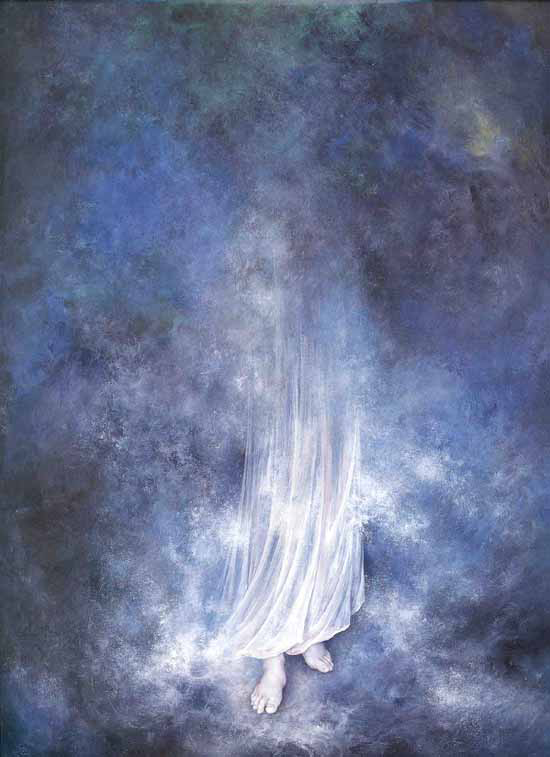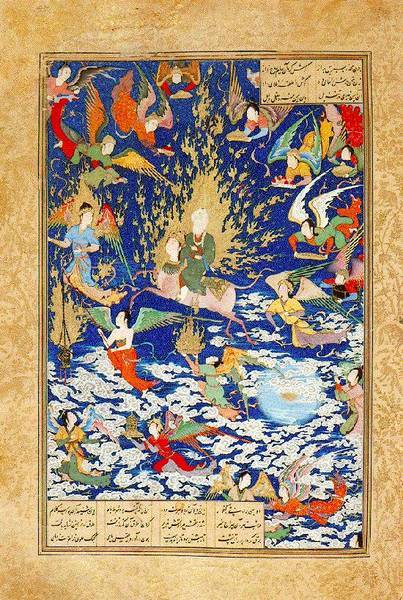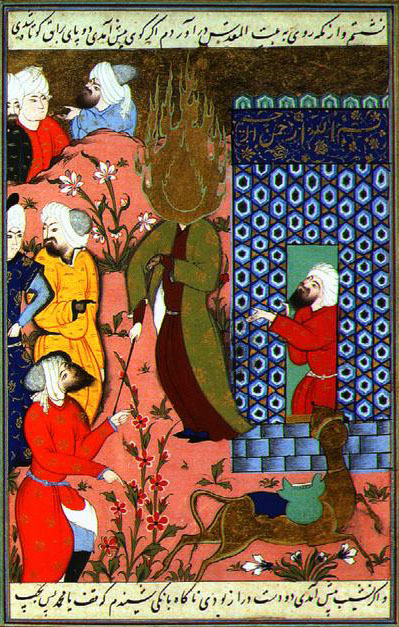Sunday surprise — literal rainfall ancient and modern
Sunday, March 19th, 2017[ by Charles Cameron — a DoubleQuote in the arts ]
.
Guillaume Apollinaire:
**
Il pleut
Il pleut des voix de femmes comme si elles étaient mortes même dans le souvenir
c’est vous aussi qu’il pleut merveilleuses rencontres de ma vie ô gouttelettes
et ces nuages cabrés se prennent à hennir tout un univers de villes auriculaires
écoute s’il pleut tandis que le regret et le dédain pleurent une ancienne musique
écoute tomber les liens qui te retiennent en haut et en bas.
Roger Shattuck, brilliant author of The Banquet Years: The Origins of the Avant-Garde in France) translates:
It’s Raining
It’s raining women’s voices as if they had died even in memory
And it’s raining you as well marvellous encounters of my life O little drops
Those rearing clouds begin to neigh a whole universe of auricular cities
Listen if it rains while regret and disdain weep to an ancient music
Listen to the bonds fall off which hold you above and below
As Edward Hirsch comments at Poetry Foundation:
The slanting lines of Apollinaire’s poem create the sensation of rain running downward across a windowpane. Graphic form and verbal music come together as each long vertical line becomes a rhythmic unit of meaning
— which is itself a verbal / visual DoubleQuote!
**
Code running downward..
**
This was brought to mind by the magnificent title sequence of the Le Carré thriller The Night Manager:
essentially completing a second DoubleQuote with those falling droplets. those rising bubbles — and there are several filmic equivalents of DoubleQuotes — graphic matches aka match cuts — in the sequence itself: bomb cloud > martini, tea cups >machine gun, contrails > pearls..
I’m always happy to see more Le Carré on film..







